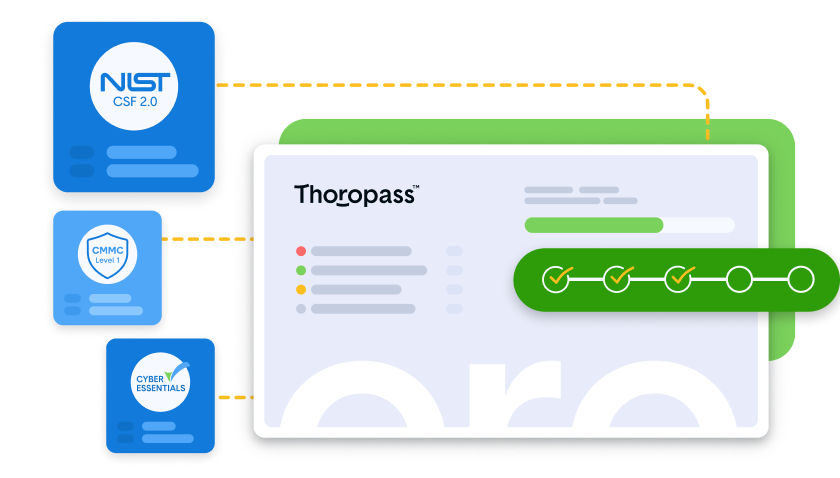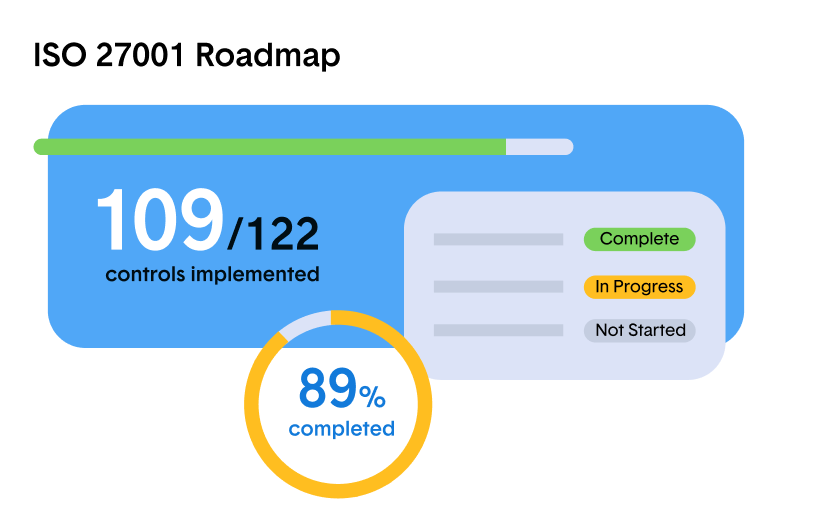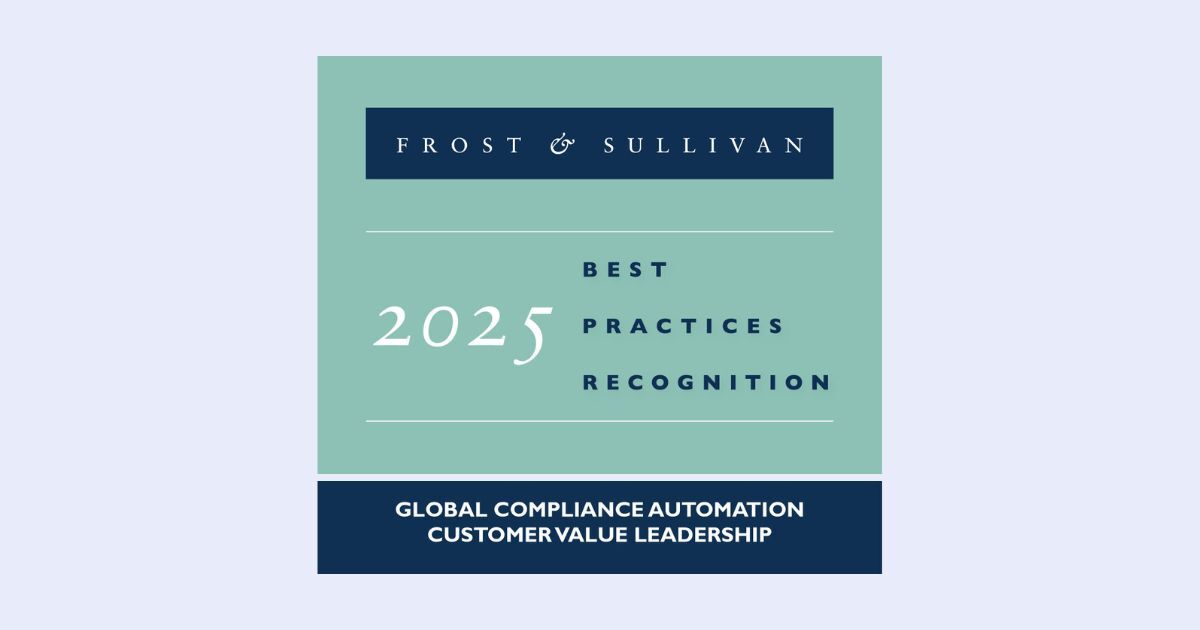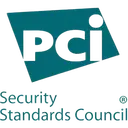Blog
Insights and expertise from Thoropass
Introducing NIST CSF, CMMC Level 1 and Cyber Essentials
Strengthen your baseline security posture and align with the latest industry guidance. Our platform and experts are here to help you move forward with clarity and speed.


Audit /
Compliance /
Workflows to transform your GRC and audit program
Your organization runs hundreds, maybe thousands, of workflows to support GRC and audit efforts. But which ones need automation? Which require human expertise? And where does AI fit in?The answer isn’t choosing one over another. It’s understanding how automation, AI, and human review work together to close the audit gap—that persistent disconnect between compliance teams preparing for audits and what auditors actually need.
News and Events /
Thoropass recognized by Frost & Sullivan for customer value leadership
Frost & Sullivan has recognized Thoropass with the 2025 Global Customer Value Leadership Recognition in the compliance automation industry.Each year, Frost & Sullivan evaluates companies across industries and honors those that demonstrate exceptional innovation, market leadership, and customer impact. This recognition reflects what our customers already experience: when you bring together compliance automation and accredited audit expertise, you eliminate the chaos of traditional compliance and create a path to faster, more predictable assessment outcomes.

Audit /
How Sinch modernized their audit process with Thoropass
Most compliance teams have defaulted to the mindset that audits are, by nature, painful—a necessary evil that the organization must survive. But what if that mindset is exactly what’s holding your business back?

Compliance /
Reducing risk and increasing ROI: why new industries are increasingly turning to HITRUST for certification
For years, HITRUST certification has been closely tied to healthcare. But we recently sat down with Ryan Patrick, VP of Market Research and Strategy for HITRUST, to learn more about the certification and how they’re supporting organizations across a much wider range of industries. From reducing risk to unlocking new business opportunities, HITRUST has become a standard worth considering regardless of your sector. Here are the main takeaways from our conversation.

We provide the compliance expertise, so you don’t have to
At Thoropass, we’re more than a readiness solution. Our team of experts are equipped with insight and hands-on experience to provide you with industry-leading perspective and guidance.
Stay connected
Subscribe to receive new blog articles and updates from Thoropass in your inbox.
Want to join our team?
Help Thoropass ensure that compliance never gets in the way of innovation.












.png)